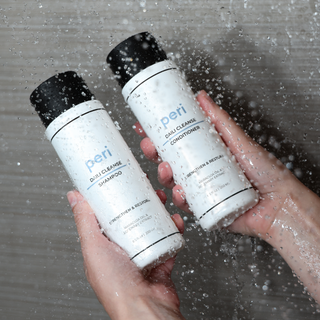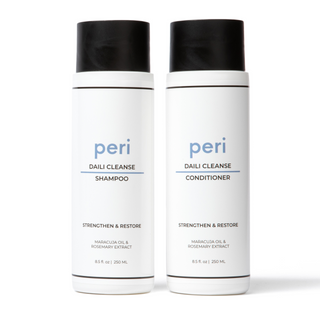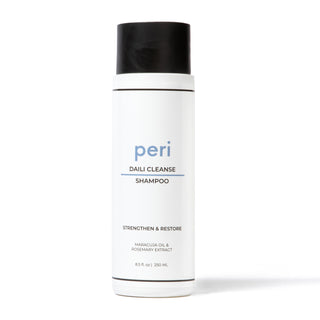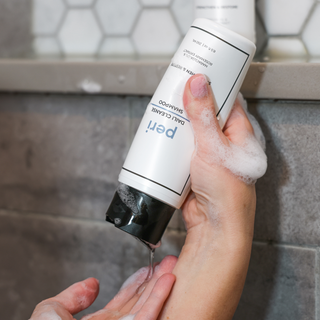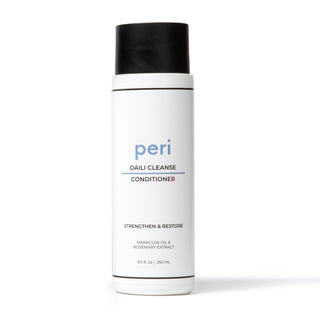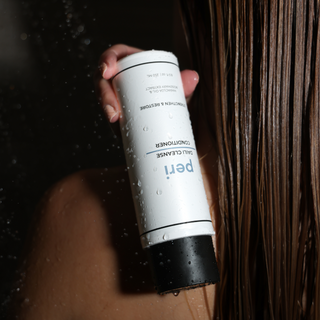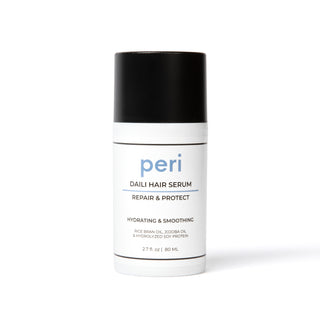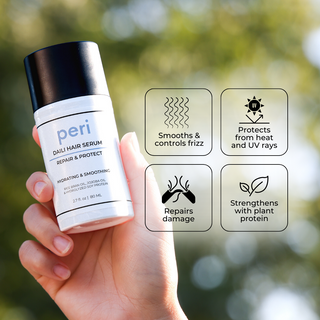
Your hair is your crowning glory, a canvas of self-expression, and a reflection of your personality. Whether you have curly, straight, fine, thick, short, or long hair, establishing the perfect hair care routine is crucial for maintaining healthy, vibrant locks. With an array of products and techniques available, finding the right routine can seem daunting. However, with a bit of guidance and understanding of your hair's unique needs, crafting a personalized hair care routine can be a rewarding journey. Let's delve into the steps to help you create the ideal regimen for your hair type.
-
Know Your Hair Type: Understanding your hair type is the foundation of an effective hair care routine. Hair types generally fall into categories like straight, wavy, curly, or coily. Factors such as texture, porosity, density, and scalp condition also play a vital role in determining your hair's characteristics. Once you identify your hair type, you can seek products and treatments tailored to meet its specific requirements.
-
Assess Your Hair's Needs: Evaluate your hair's condition and needs. Does it tend to be dry, oily, or prone to breakage? Is your scalp sensitive or prone to dandruff? Recognizing these aspects will guide you in selecting the appropriate products and treatments. For example, those with dry hair might benefit from moisturizing shampoos and deep conditioning treatments, while individuals with oily scalps may opt for clarifying shampoos and lighter conditioners.
-
Develop a Cleansing Routine: A proper cleansing routine is essential to maintain a healthy scalp and hair. It involves choosing the right shampoo and conditioner for your hair type and needs. Consider factors such as sulfate-free formulas, moisturizing ingredients, or specialized products designed for color-treated or damaged hair. Remember, less frequent washing might be suitable for certain hair types to prevent excessive drying.
-
Incorporate Conditioning and Treatments: Conditioning is key to keeping your hair hydrated and manageable. Regular conditioning treatments or masks can provide added nourishment, repair damage, and improve overall hair health. Tailor these treatments based on your hair's requirements—deep conditioning for dry hair, protein treatments for damaged strands, or scalp treatments for specific concerns.
-
Adopt Proper Styling Techniques: Using the right styling tools and techniques can significantly impact your hair's health. Limiting heat styling, using heat protectants, and opting for gentle hair accessories can prevent breakage and damage. Embrace styles that work well with your hair type, reducing stress on strands while promoting natural texture and movement.
-
Establish a Consistent Routine: Consistency is crucial in seeing results. Stick to your chosen routine for a reasonable period before expecting significant changes. Monitor how your hair responds to products and treatments, making adjustments as needed along the way.
-
Regular Maintenance and Trims: Regular trims help eliminate split ends and prevent further damage, contributing to healthier-looking hair. Additionally, maintaining a healthy lifestyle with a balanced diet, proper hydration, and minimizing stress can positively impact your hair's condition.
Remember, there is no one-size-fits-all approach to hair care. Experimentation and patience are key to finding what works best for you. Be open to trying new products and methods while paying attention to how your hair responds. With time and dedication, you'll discover the perfect hair care routine that leaves your locks looking and feeling their best.

